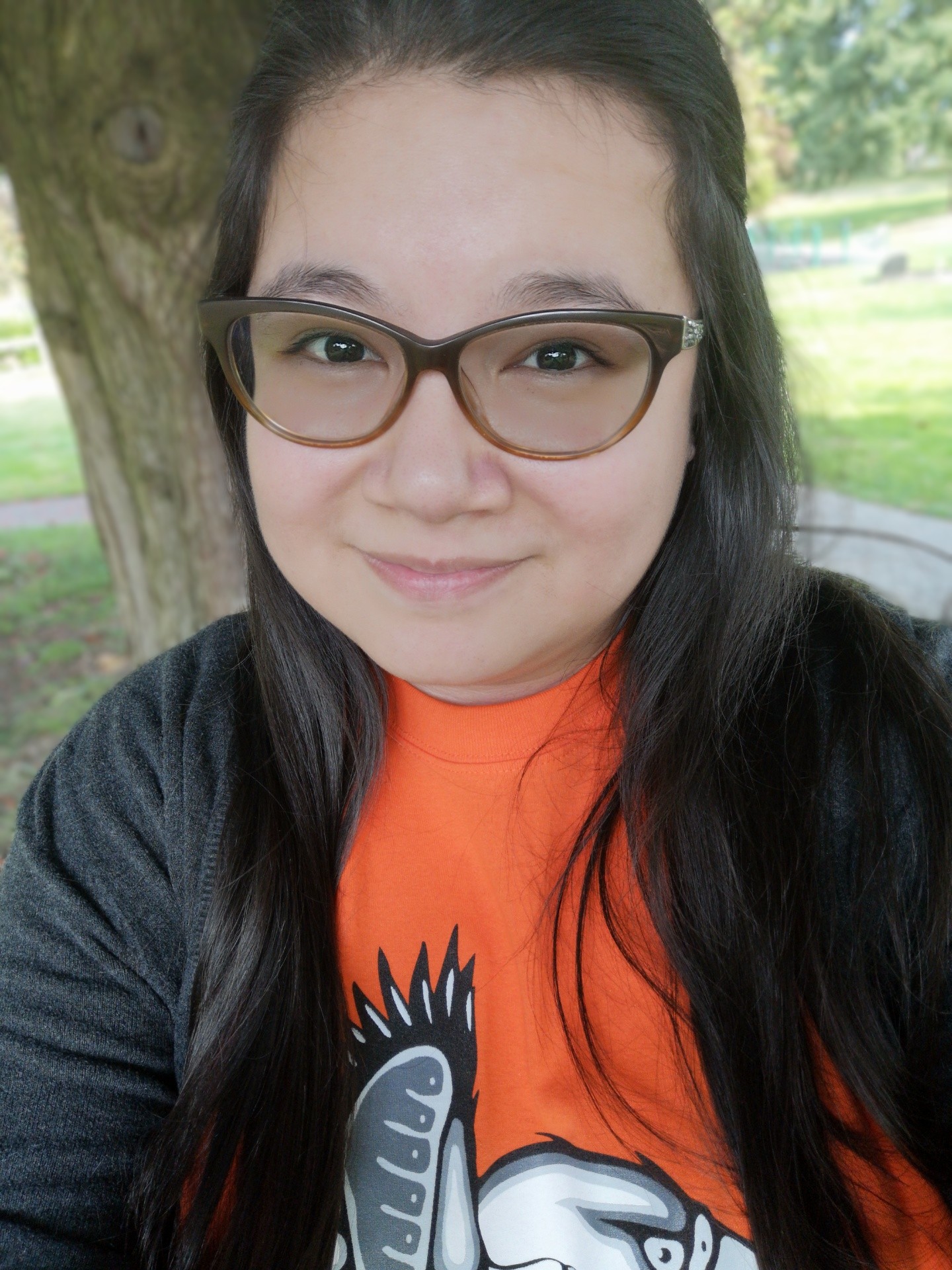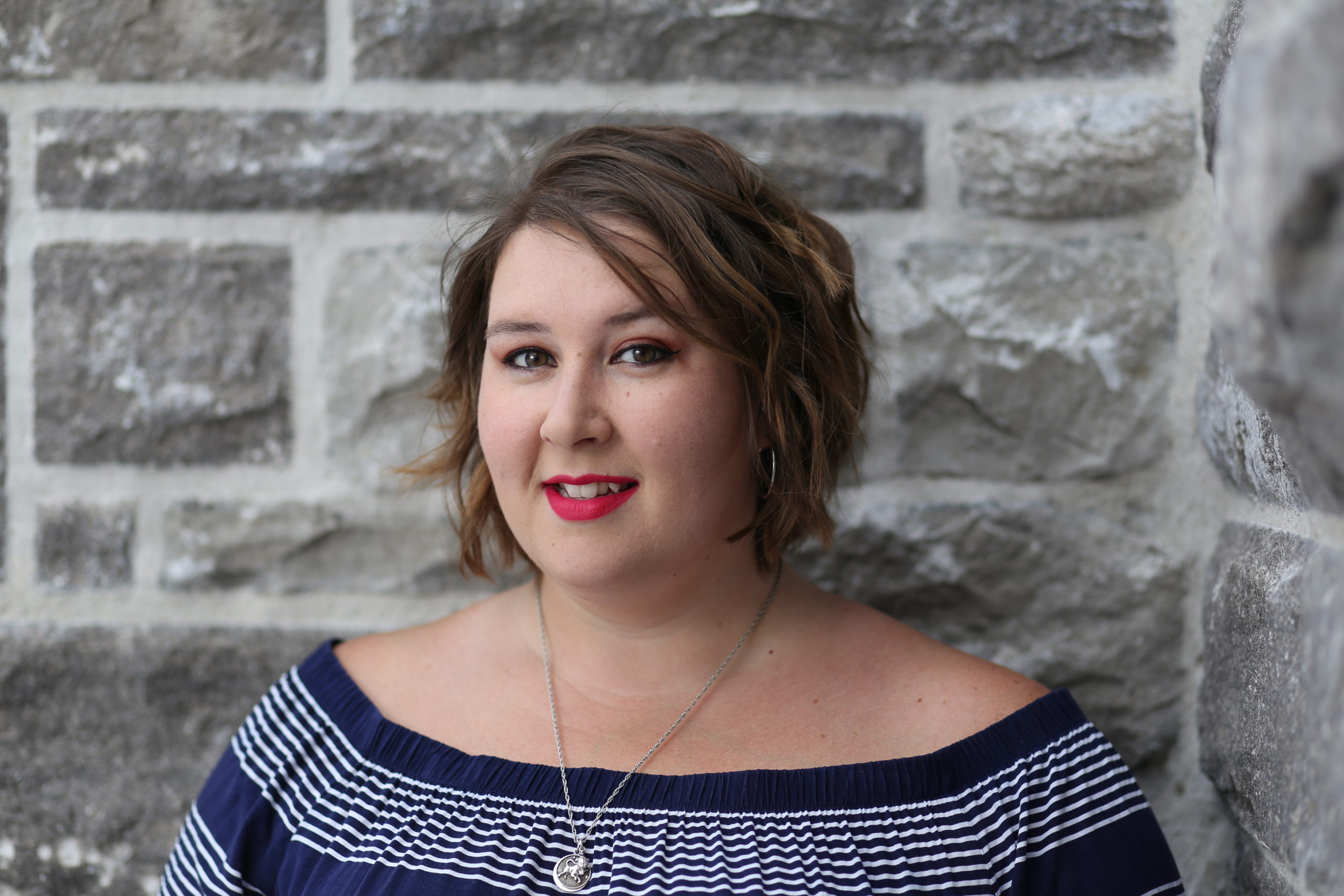Meet Lorisa Williams
We are pleased to introduce Lorisa Williams of Abbotsford, BC, who is working as an Indigenous Heritage Places intern hosted (virtually) by the National Trust and the Indigenous Heritage Circle (IHC). Key projects include advancing the development of a Report Card on the State of Historic Places that reflects both “conventional” historic places and places of significance to Indigenous peoples, and an Endangered Indigenous Places List. These initiatives will provide unparalleled experience in comparing and contrasting Indigenous and western approaches to identifying, safeguarding, presenting and celebrating built heritage and historic places.
Welcome Lorisa! What inspired you to join the NT and the IHC for this Indigenous Heritage Internship?
As a Peló’lhxw/European woman from the Fraser Valley, I have unique experiences which have enriched my life and inspire me to help Indigenous communities preserve, share and explore their heritage. This internship gifts me opportunities to explore Indigenous communities nationwide and allows me time and space to use my skills and experiences. I graduated from the University of the Fraser Valley in spring 2021 with a Bachelor of Arts in History and Indigenous Studies. I also have experience working as a research assistant on projects for local Indigenous communities, and I work as the Collections Manager and Curator for Heritage Abbotsford Society.
Tell us about some of the lived experiences and projects that you’ll draw on in this work.
I’ve worked on numerous research projects regarding Stó:lō history as a student, which gave me the skills required to continue this work for the Trust and the IHC. I’ve also worked with local Indigenous communities to curate an exhibit for Heritage Abbotsford Society, which added to my skillset and allowed me to explore my passions.
You have been in the eye of the storm out there in BC, in a region experiencing extreme weather events this year. What are you seeing?
The flooding that we experienced in November has been an eye opener for a lot of people in the Fraser Valley.
I live and work in the Fraser Valley, which to me, my friends and family is S’ólh Téméxw (Our Land), the traditional, ancestral, and unceded territory of the Stó:lō people. The Stó:lō people have lived within S’ólh Téméxw for as long as we can remember. I am Peló’lhxw on my father’s side and mixed European ancestry on my mother’s side, but the flooding does not care who you are or where you come from; we are all affected.
Despite the adverse affects, the flooding has generated a renewed interest in the history of Semá:th Xó:tsa (Sumas Lake) and the land beneath it. The Stó:lō people lived on the land surrounding Semá:th Xó:tsa, as well as within the lake itself. The lake was our source of food, with thousands of species of fish, waterfowl, and plants, and an integral part of the water transportation system that all Stó:lō people used. The lake was a living part of the Stó:lō peoples’ cultural heritage. Semá:th Xó:tsa would expand to three times its size during the spring freshet from 10,000 acres to 30,000. The settlers who moved onto the land struggled with the freshet, which led to multiple actions to control the lake, and eventually, the complete draining of it. The Barrowtown Pumpstation continues to pump water out of the lakebed to this day.
The recent flooding has meant the temporary return of the lake which has been our home for more than 10,000 years. We got a brief glimpse of what S’ólh Téméxw must have looked like before we lost the lake. I hope my work with the NT and IHC will lead to a deeper understanding of these kinds of stories, and new ways to honour the land and the Indigenous people living within it.


